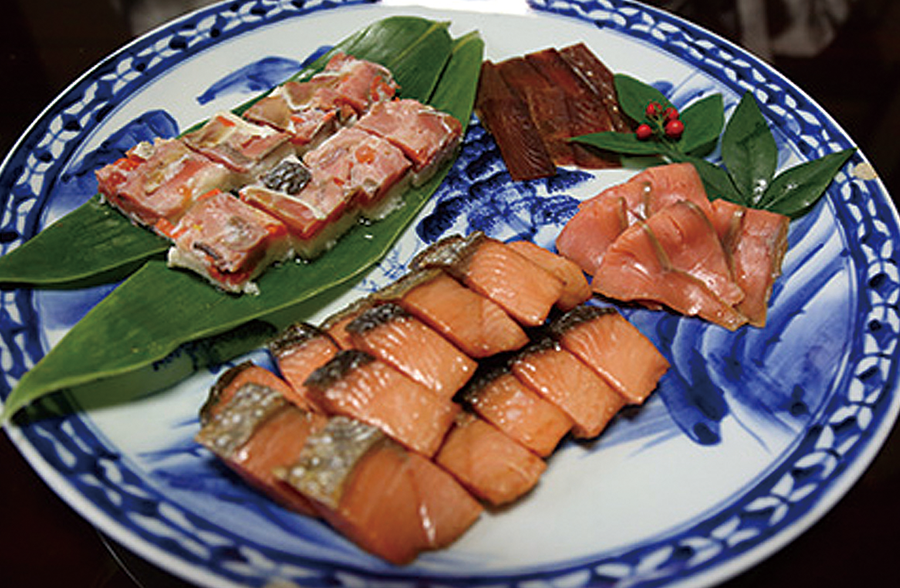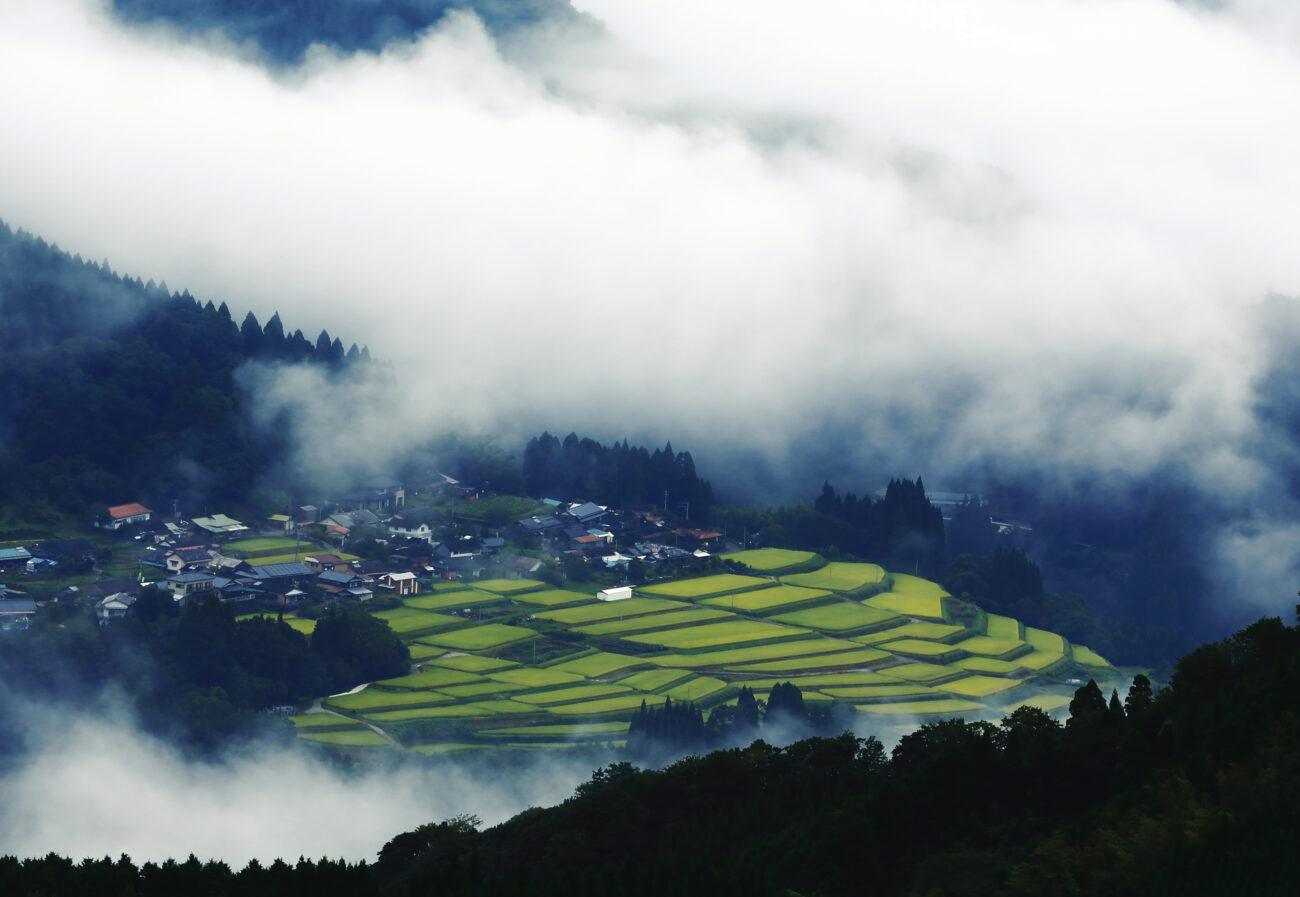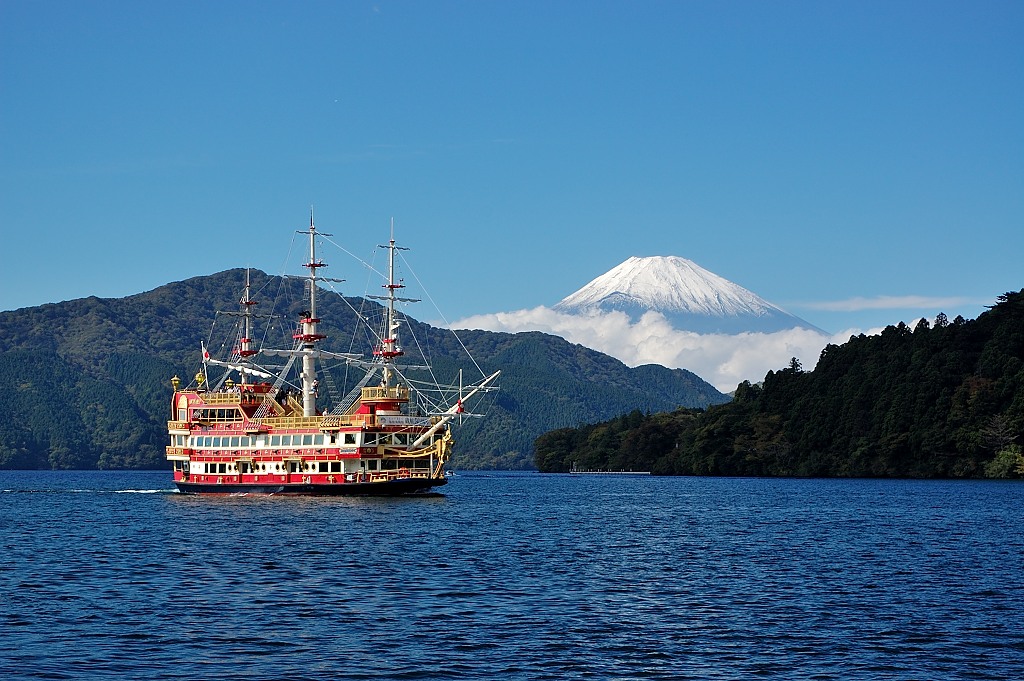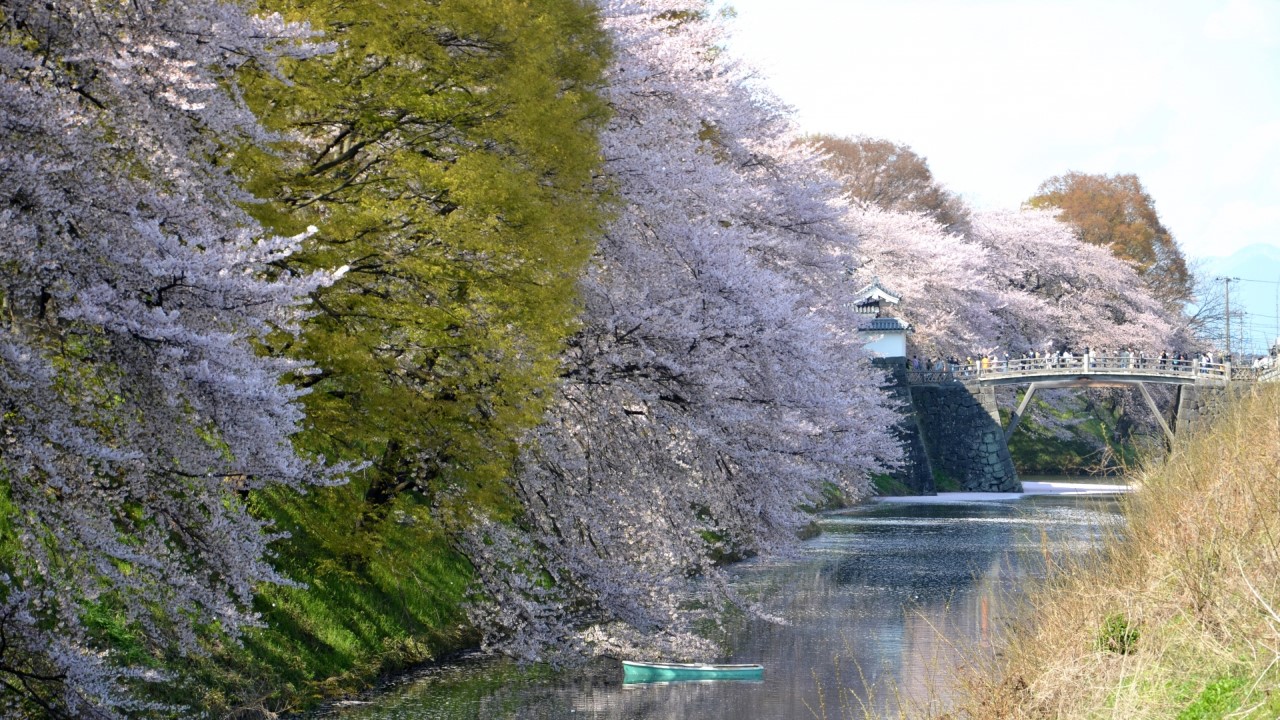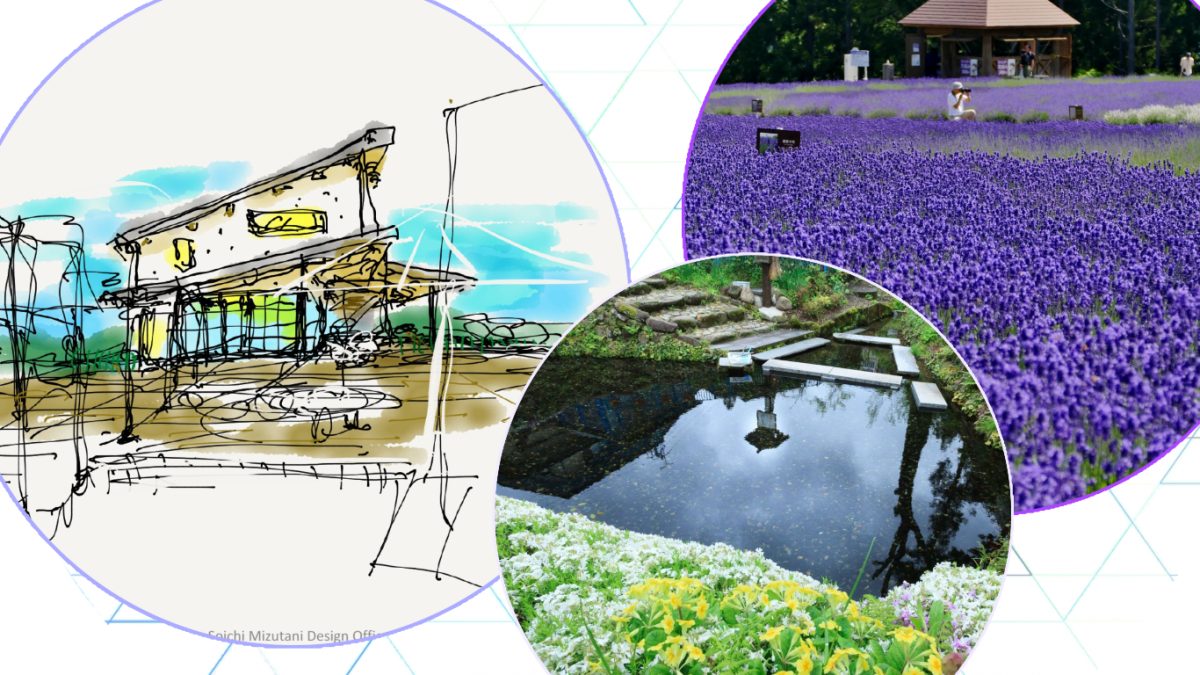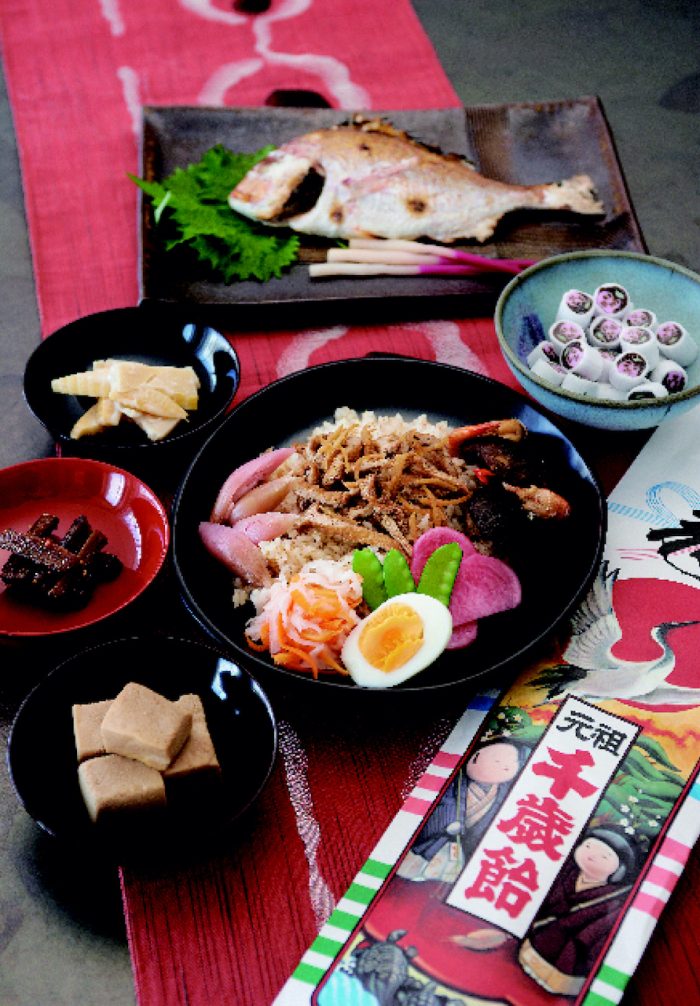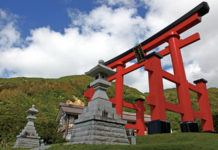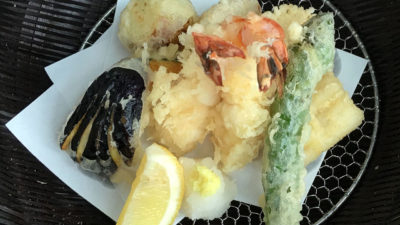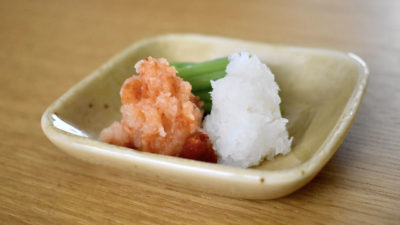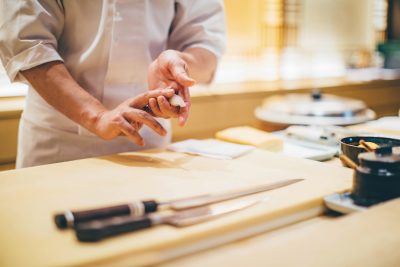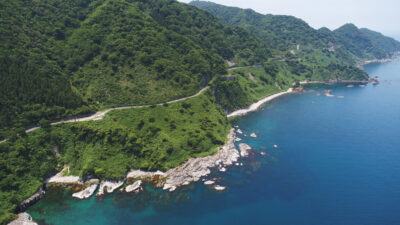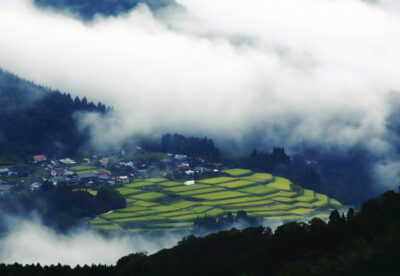Autumn is full of activities in Tohoku! It is the time of year when locals are busy preserving food for the long, harsh winter ahead, and visitors are welcome to have a taste during this culinary tradition. Tsuruoka city’s Yura, the biggest fishing port in Yamagata Prefecture, has developed many ways to preserve its great salmon catches, one of which is covering the fish in distillers’ grains and miso paste. Besides eating it raw and with sushi, you can also grill it with salt, marinate it in soy sauce or boil it in sweet Japanese sauce.
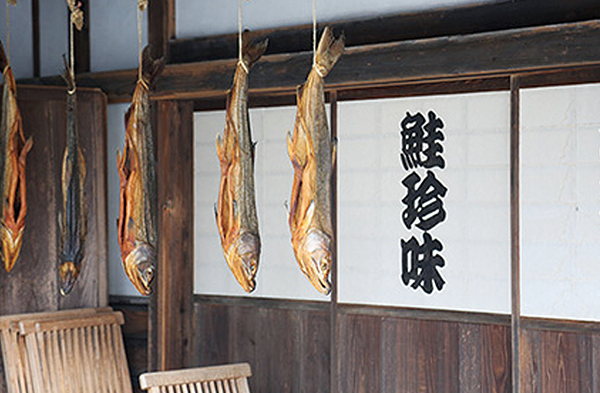
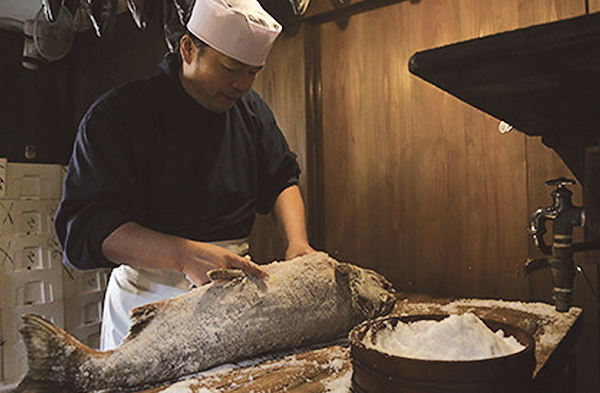
Niigata’s Murakami city has enjoyed fame for its salmon cuisine since the Edo period (1603-1867). It is customary to hang salt-preserved salmon from the eaves of houses in early December. Gusts of cold winter wind dry off the moisture in the salted salmon, giving it a rich, sophisticated texture. The sight of thousands of salmon hanging from traditional Japanese houses in winter is as fascinating as it can get!
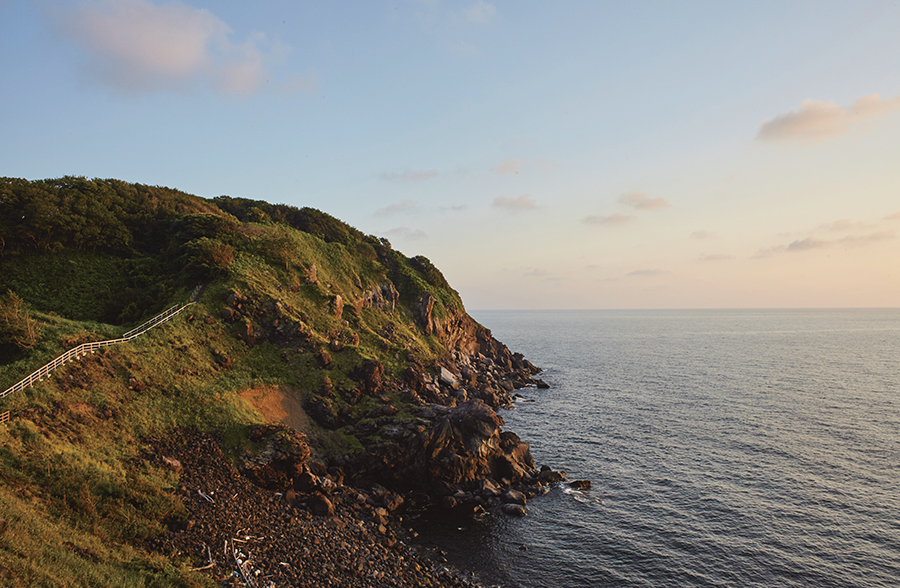
Japanese sandfish is also a common winter treat. The fish also referred to as “God fish” on the Oga Peninsula, swims to Akita Prefecture for spawning in December. Salt-preserved Japanese sandfish(Hatahata) is an important source of protein during winter. People in Akita grill it with salt, cook it in a hot pot and eat it with seaweed paper. Trying this treat is a must when you visit Tohoku!
Murakami: 1-hr ride from Niigata Station (JR Jôetsu Shinkansen) until Murakami Station (JR Uetsu Line)
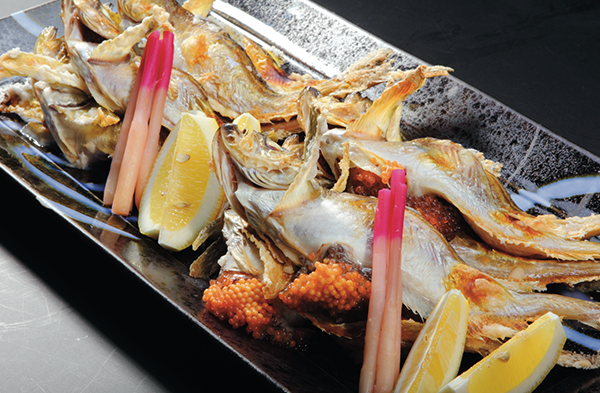
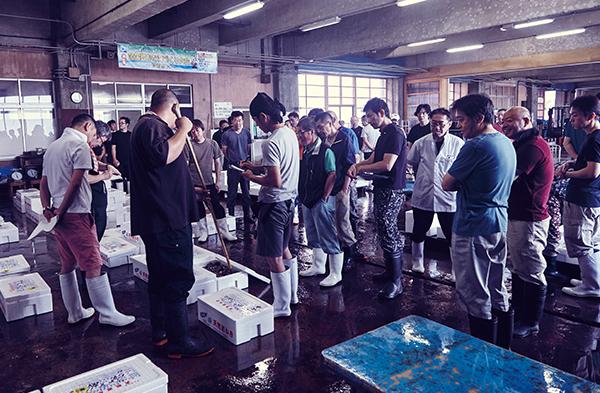
 0
0

